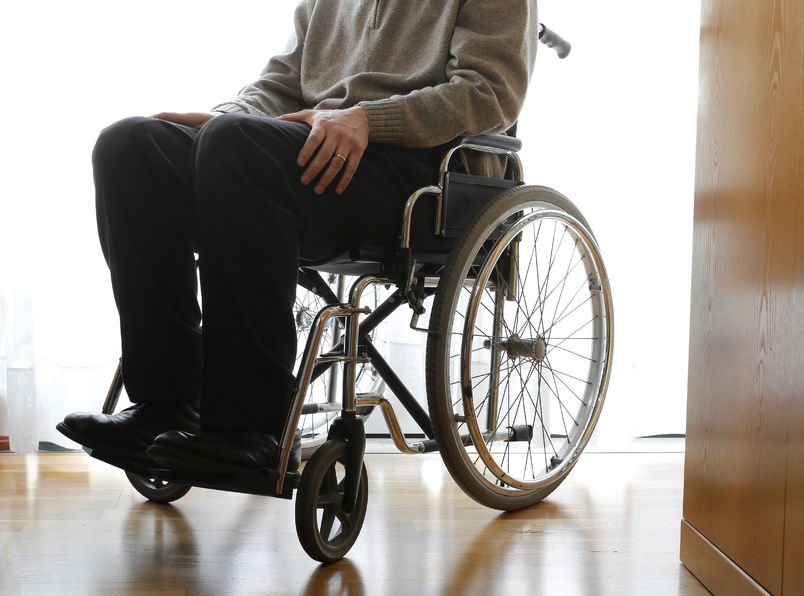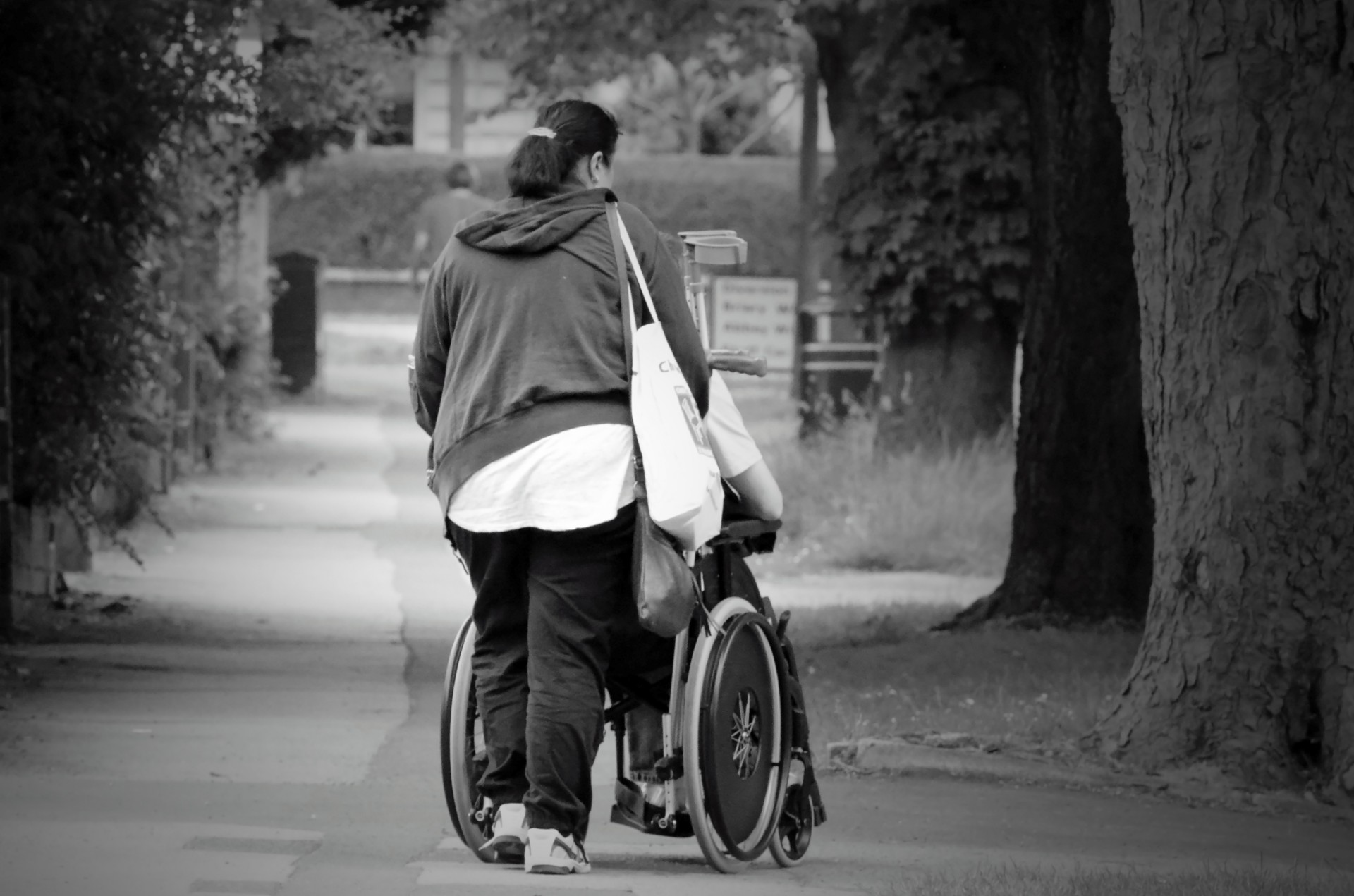On Friday, Duchenne-muscular dystrophy focused biopharmaceutical company Sarepta Therapeutics announced it would be partnering with Myonexus Therapeutics on the development of gene therapies designed to treat limb-girdle muscular dystrophies (LGMD). Sarepta will pay $60 million in upfront costs for the right to acquire Myonexus at a fixed price down the road.
Additional payments of up to $45 million over two years will be handed over the Myonexus if they meet preterminal milestones in their clinical development of the gene therapies. The company currently has five limb-girdle muscular dystrophy gene therapy candidates in the pipeline, three of which are already in clinical trials.
MYO-101 is Myonexus’ most developed gene therapy to-date, which is designed to treat LGMD2E, also known as beta-sarcoglycanopathy. The gene therapy uses the AAVrh.74 vector system – which is also being used in Sarepta’s micro-dystrophin gene therapy program – to restore the production of beta-sarcoglycan protein and the dystroglycan complex.
“We are very excited to enter a partnership with an option to acquire Myonexus. Myonexus and its focus on gene therapy using the AAVrh.74 vector to treat forms of [limb-girdle muscular dystrophy] aligns brilliantly with our vision to emerge as one of the most meaningful global precision genetic medicine companies by focusing on the use of genetic medicine to improve the lives of those with rare fatal diseases,” said Doug Ingram, Sarepta’s president and chief executive officer. “We are also delighted to extend our collaboration with Dr. Rodino-Klapac, a renowned thought leader in the field of gene therapy. We share her dedication to rapidly bring life-changing medicines to children suffering and dying from genetic disease.”
RELATED: Watch Out Sarepta: Pfizer Initiates Trial of Duchenne Muscular Dystrophy Gene Therapy
Limb-girdle muscular dystrophy is a group of disorders which primarily affect the muscle groups closest to the center of the body around the hips and shoulders. LGMD2E is one of the most severe forms of the disease in which patients experience worsening muscle fiber loss, inflammation and the accumulation of fat and fibrotic tissue where muscle tissue used to be.
“The culmination of this partnership with Sarepta is important to Myonexus’ mission of rapidly advancing our [limb-girdle muscular dystrophy] pipeline,” said Dr. Louise Rodino-Klapac, principal investigator for the Center for Gene Therapy at Nationwide Children’s Hospital and associate professor in the Department of Pediatrics at Ohio State University. “As the inventor of Myonexus’ [limb-girdle muscular dystrophy] approach and co-inventor of the [Duchenne muscular dystrophy] gene therapy approach, both of which utilize the AAVrh.74 vector system, we are excited to leverage this knowledge from our work in [Duchenne muscular dystrophy] and now apply it to our [limb-girdle muscular dystrophy portfolio]. We are particularly excited to be collaborating again with Sarepta on the development of potentially transformative therapies to treat muscular dystrophies, which represent vast areas of unmet medical need.”
According to Myonexus, a Phase I/IIa study of MYO-101 will likely begin in the middle of 2018. The company’s four other gene therapy candidates – MYO-102 for LGMD2D, MYO-103 for LGMD2C, MYO-201 for LGMD2B, and MYO-301 for LGMD2L – will also benefit from the partnership through further clinical development.
“To date, we are encouraged by the data we have generated in our lead MYO-101 program and I look forward to presenting data from the entire program at Sarepta’s upcoming R&D day,” said Rodino-Klapac, who is also the inventor of the Myonexus portfolio of [limb-girdle muscular dystrophy] candidates and the chief scientific officer and co-founder of Myonexus. “We intend to initiate our clinical trial by mid-year and soon thereafter generate biopsy data to inform what could be the first-ever corrective treatment for Limb-girdle muscular dystrophy.”












Join or login to leave a comment
JOIN LOGIN